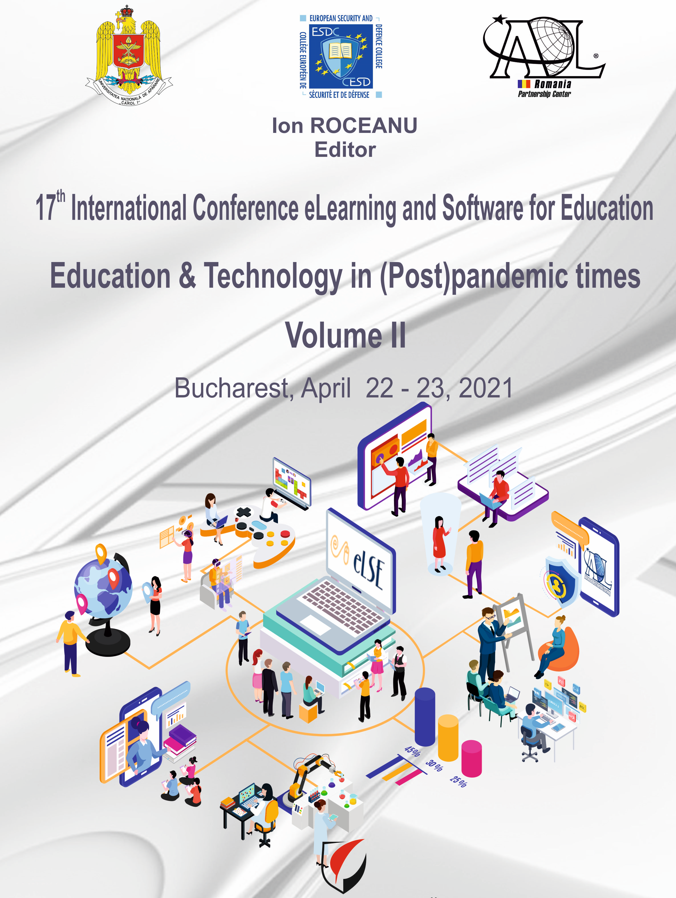INTEGRATION OF ARTIFICIAL INTELLIGENCE IN STEM EDUCATION THROUGH IOT PROJECTS BASED ON MACHINE LEARNING
INTEGRATION OF ARTIFICIAL INTELLIGENCE IN STEM EDUCATION THROUGH IOT PROJECTS BASED ON MACHINE LEARNING
Author(s): Marin OpreaSubject(s): Higher Education , ICT Information and Communications Technologies, Distance learning / e-learning
Published by: Carol I National Defence University Publishing House
Keywords: Artificial Intelligence; Machine Learning; Face Recognition; Speech Recognition; ESP32-CAM; EasyVR3 Plus;
Summary/Abstract: Artificial Intelligence (AI) is widely present in our daily lives: smartphones facial recognition systems, digital voice assistants, smart home devices, mobile banking, Google predictive searches, Netflix recommendation, Google Maps, ride-sharing apps, mobile banking etc. The field of AI is in a continuous and rapid development. This aspect gives to AI the status of a central pole in the process of digital transformation of society. The impact of AI on the Education sector is particularly visible: differentiated and individualized learning, automatic admin tasks, tutoring and support outside the classroom, automatic translators etc. In such a context, the approach to the study of the basics of AI in school becomes strictly necessary. Our students need to learn what is AI and how it will change the world we live in, what is Machine Learning (ML), what means Computer Vision (CV), how facial analysis and voice recognition systems work etc. In order to teach Science through the STEM educational model, we initiated optional school courses in Internet of Things (IoT), Robotics and AI (approached through ML). In this article we presented a method of approaching and implementing, in the school educational environment, the concept of Machine Learning. In this sense, we have realized, on the Arduino platform, two IoT projects based on this concept: Speech Recognition and Facial Recognition. In the first of these projects, Speech Recognition, we used the EasyVR 3 Plus module. This is a speech recognition module that has been designed to add robust voice recognition capabilities to almost any application. The range of applications made with this module includes voice control for home automation, robots voice control etc. After assembling the components of the kit that contains the module, we proceeded to its functional testing. Through the associated application (EasyVR Commander) we created a group of users who received usernames and passwords. Using ML algorithms, the system was trained in voice recognition of usernames and passwords. The system, based on voice interactivity, reacts to the recognition of a user's voice allowing the control of the status of an LED and the rotation of a servomotor. For the second project, Facial Recognition, we used the ESP-32 CAM module. This module is widely used in IoT applications, such as: wireless video monitoring, QR wireless identification, facial recognition etc. We tested this module functionally first as a video monitoring device and then as a facial identification system. Based on ML algorithms, the software of this device detects the human faces in front of the camera, stores information about them and is trained in their recognition. The project was implemented as an automatic door unlock system after the face of the person in front of the camera was recognized.
Journal: Conference proceedings of »eLearning and Software for Education« (eLSE)
- Issue Year: 17/2021
- Issue No: 02
- Page Range: 211-221
- Page Count: 11
- Language: English

